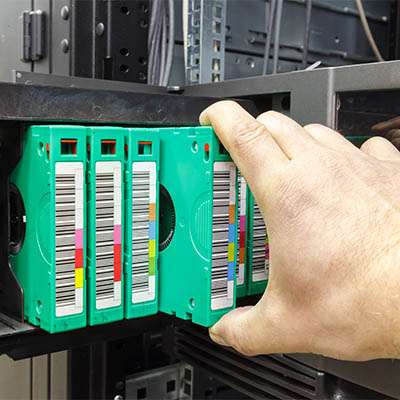As a business owner, you have a lot on your plate. Thus, enhancing your productivity and streamlining how you spend your time while in the office is of paramount importance. With a simple four-step process, you can make your daily tasks so much easier to manage and, by extension, your business as a whole. Listed below are four tips that you can apply to your daily routine to improve your productivity during the workday.
Macro Systems Blog
When you walk into most new businesses you’d be hard-pressed to think that IT has only been utilized in business for a few decades. Most modern businesses use a variety of workstations to handle scheduling, inventory, procurement, payroll, and a list of other business functions. With that in mind, it stands to reason that keeping that IT working is the only way to efficiently run your business. Listed below is a look at how to keep your IT support costs low while keeping your technology managed properly.
Businesses have always relied on technology in at least some capacity, whether it’s hosting an email server or platform or using a word processor for various tasks. However, many struggle with technology procurement, management, and maintenance for a variety of reasons. Listed below is a look at what some of these reasons are, as well as how managed services can relieve these pressures to create a better experience for your organization as a whole.
With the world dramatically changing in the past two years, work strategies have changed substantially. Now companies that once were anti-remote work are embracing the strategy. This means that the way they need to manage their IT has to change with the times. Alas, threats also evolve. Hackers and scammers are now doing more to target virtual private networks.
We are in the midst of a phenomenon known as The Great Resignation, and like many other time periods in the past with “great” in their title, they are anything but that. In this case, the Great Resignation has to do with people leaving their jobs without having new ones lined up, creating a lot of problems for businesses with employee turnover. Listed below is a closer look at the Great Resignation and what it means for small businesses.
Cloud computing has been a godsend for many businesses by offering the flexibility and scalability they need to grow and enhance their offerings. Cloud computing, naturally, also provides some capital cost reduction. There is no question that the cloud brings plenty of benefits to companies small or large, they now have the ability to pay per month for the computing resources they were making hefty capital investments for not too long ago; and, by-in-large, these investments pay off.
No one ever hopes that they have to take advantage of their disaster recovery solution, but it is something that every business needs to have in order to sustain operations even in the worst of times. Comprehending how these solutions work, as well as the goals your organization has for them, are imperative to recovering post-disaster.
Sometimes technology just doesn’t perform how we need it to, an annoyance that leads most users to call the help desk for assistance. While this is certainly well and good, we thought we would share a few tips that you can use to save some time for both yourself and your help desk, hopefully leading to a faster and more efficient way of troubleshooting problems.
Successful businesses and influencers utilize social media to great effect, no matter the service, but as with most accounts in a connected world, security is extremely critical and can influence your own use of social media. Listed below are some ways that you can keep yourself safe while using social media and how smart use of social media can improve the security of your business, too.
When you read about concepts like network security and data backup, you might come across the phrase “redundancy” or “redundant.” Depending on your familiarity with the business of IT solutions, you might think of this as an odd term to use to describe something incredibly valuable. Listed below is a look at what this word means, especially in how it is portrayed in information technology.













